


Solana DeFi just got a new plumbing upgrade. Project 0 has wired its prime-broker layer into Kamino, letting traders borrow and manage risk against a single,...
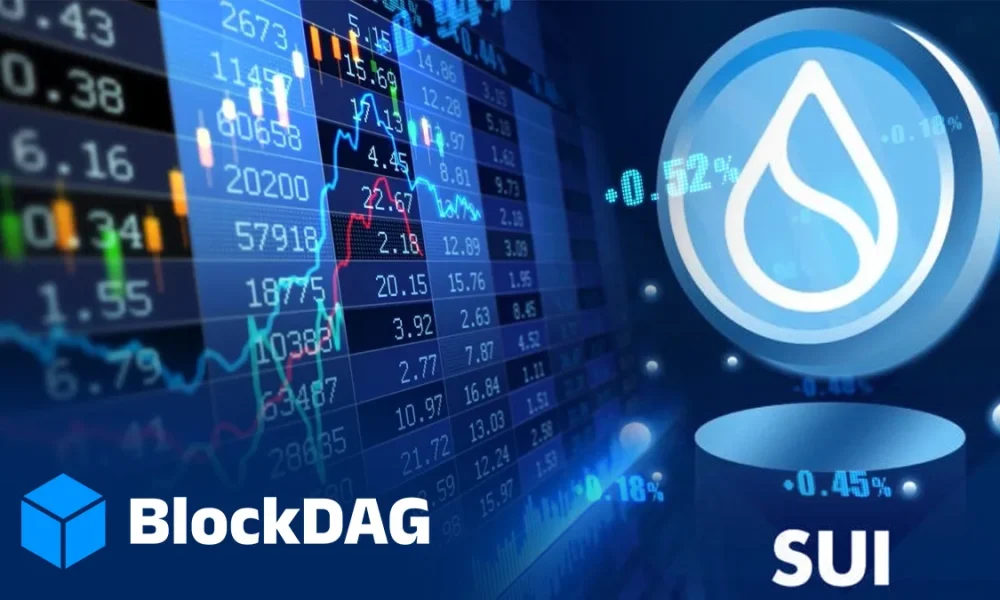


Sui’s DeFi engine is humming again as traders eye a $5 retest Sui (SUI) shook off a rough weekend with a sharp bounce and a fresh...
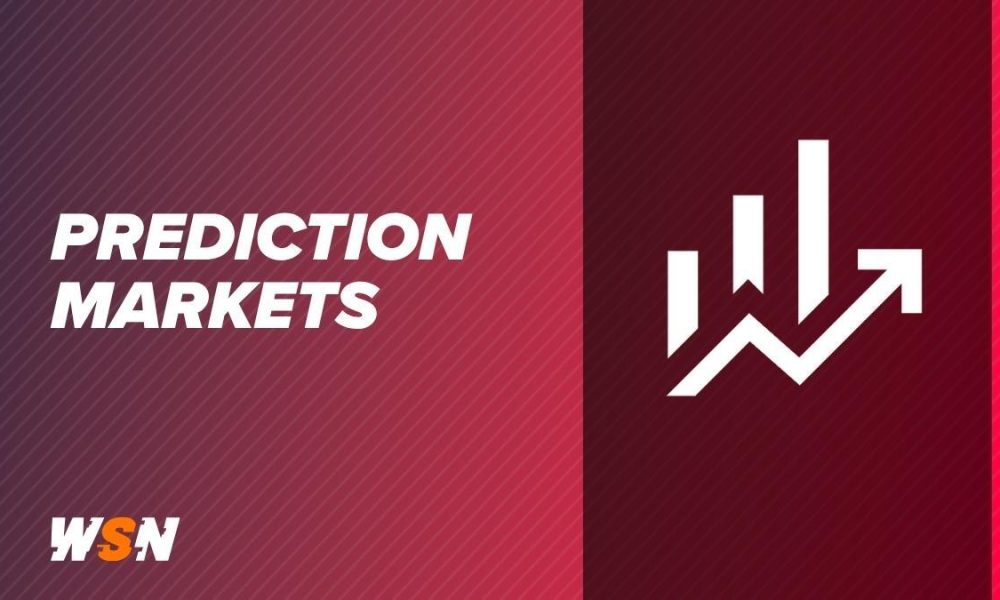


DeFi has plenty of price feeds for coins and stocks. What it rarely gets is a clean read on real‑world odds — like the chance of...
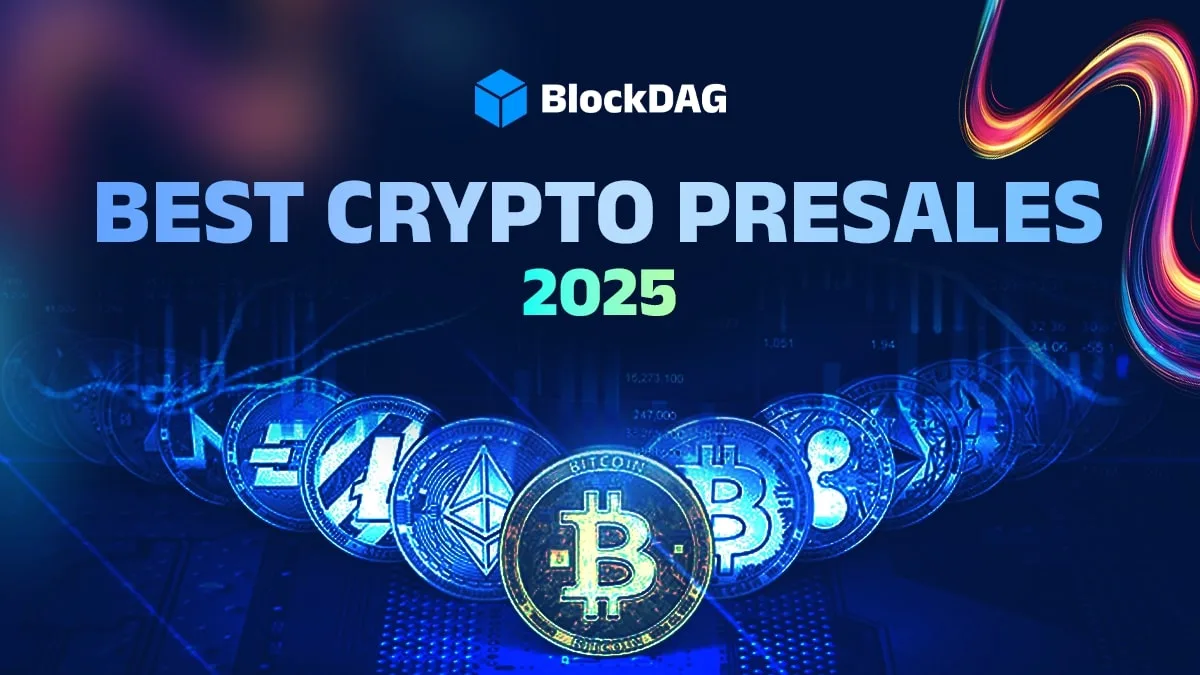

In 2025, the cryptocurrency market is witnessing a surge in interest towards cross-chain arbitrage technology. This innovative approach allows traders to exploit price differences of digital...


In the ever-evolving world of cryptocurrency, investors are constantly on the lookout for promising opportunities. Recently, a significant shift has been observed as traders move away...
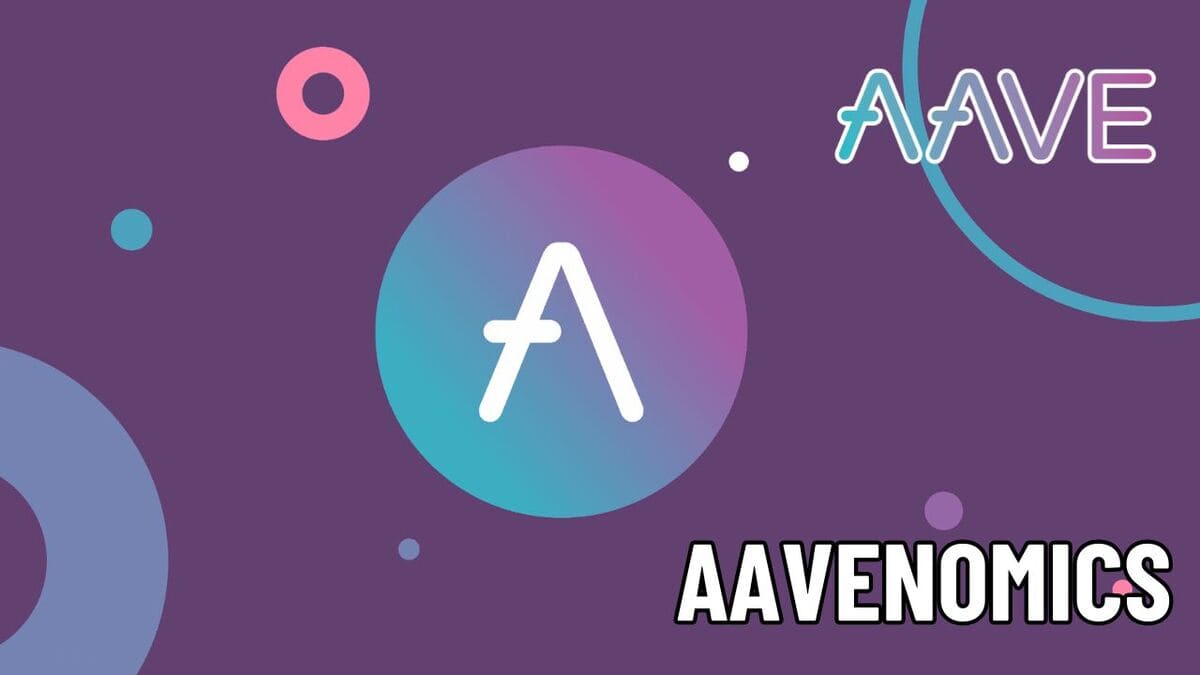

Aave DAO’s Buyback Program Draws More Eyes to the DeFi Giant Aave DAO, one of the biggest names in decentralized finance (DeFi), has made headlines by...
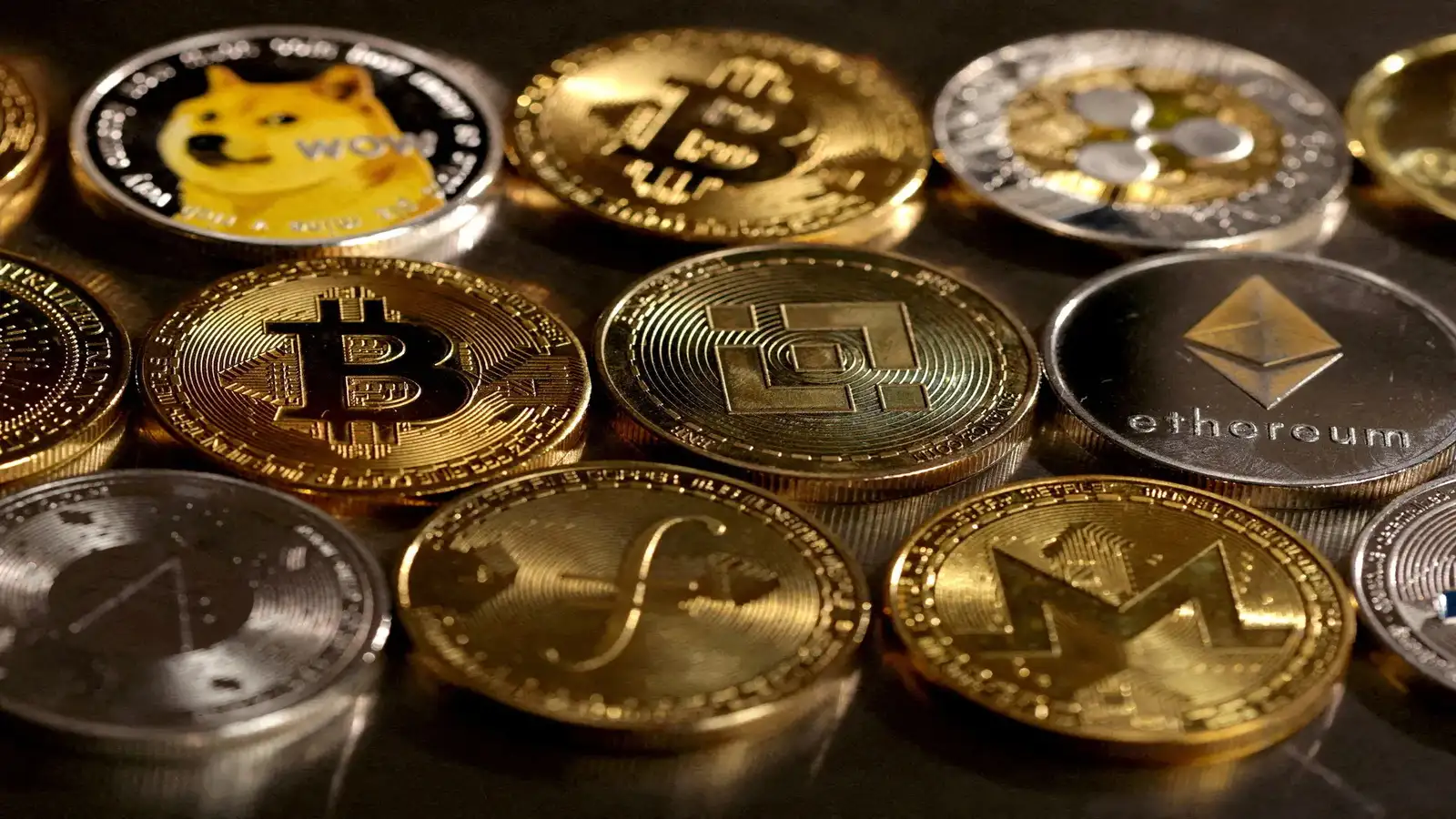

As Bitcoin and Ethereum continue to capture headlines with their impressive rallies, a new player in the crypto space is drawing attention: Rollblock. This innovative platform...


PancakeSwap’s decentralized exchange, PancakeSwap Infinity, has recently expanded to the Base chain, an Ethereum Layer 2 network. This move introduces advanced DeFi features to a broader...


The SHIB Success Story In early 2023, the cryptocurrency market was relatively quiet, with many assets experiencing low volatility. During this period, a trader identified potential...


Stellar’s native cryptocurrency, XLM, has experienced a significant surge in July 2025, capturing the attention of investors and analysts alike. This upward momentum is largely attributed...